Cats have been captivating creatures for centuries, and their enigmatic presence extends far beyond our homes and into the realm of mythology. Across cultures and time periods, cats have woven themselves into the tapestry of human beliefs and storytelling. In this blog, we’ll explore some of the most intriguing and mythic feline figures from ancient times to more recent folklore.
Bastet: The Egyptian Goddess
In ancient Egypt, cats were held in the highest esteem. Bastet, often depicted with the head of a lioness or domestic cat, was the goddess of home, fertility, and childbirth. She was also the guardian of the pharaoh and protector of the kingdom. Cats in ancient Egypt were revered, and harming one was considered a serious crime. Bastet is a shining example of the divine status cats enjoyed in this ancient civilization.
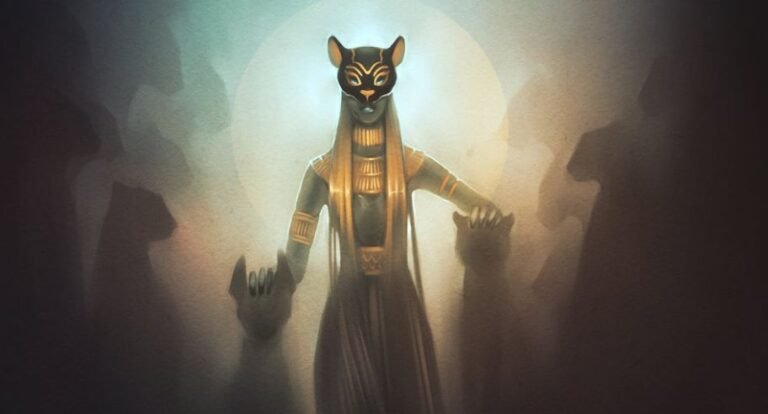
The Norse Skogkatt: Forest Spirits
In Norse mythology, the skogkatt, or Norwegian Forest Cat, was believed to be a supernatural guardian and a symbol of fertility. These large, robust cats with thick, water-repellent fur were thought to protect homes from trolls and evil spirits. Their majestic appearance and mysterious demeanor earned them a place in Norse legends.
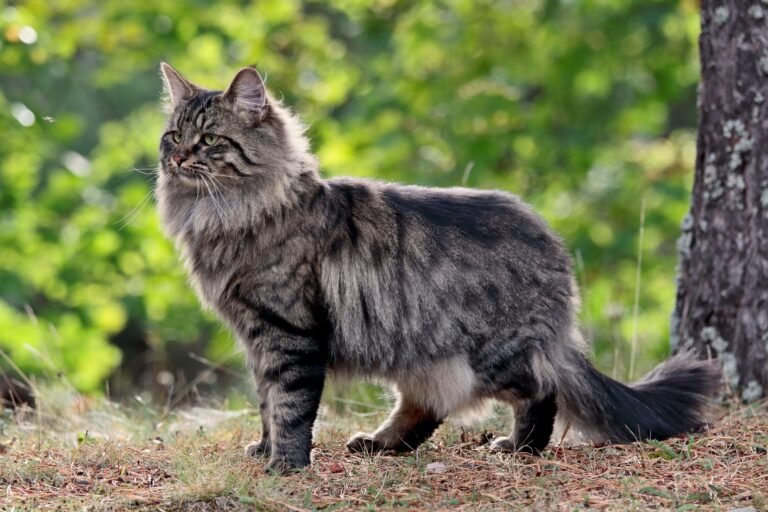
The Maneki-Neko: Beckoning Fortune
Originating in Japan, the Maneki-Neko, or beckoning cat, is a common sight in homes and businesses across the country. This figurine features a cat with a raised paw, beckoning good fortune and wealth to its owners. The Maneki-Neko is a symbol of prosperity and protection, making it an important talisman in Japanese folklore.
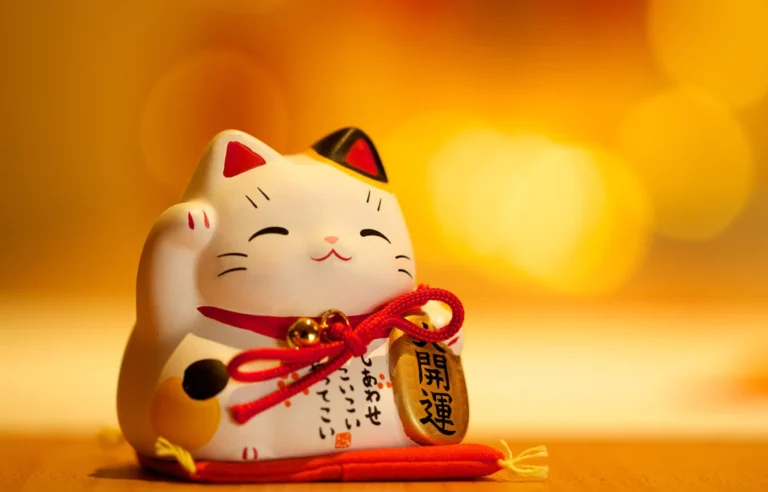
The Bakeneko and Nekomata: Shapeshifting Cats
Japanese folklore is rich with tales of supernatural cats. The bakeneko and nekomata are mythical cat creatures known for their shapeshifting abilities. They are believed to have the power to transform into human-like beings, often taking the form of beautiful women. While these stories carry an air of mystique, they also serve as a reminder of the respect and fear cats could inspire.

The Cat Sìth: Celtic Enigma
In Celtic folklore, the Cat Sìth was a fairy creature resembling a large black cat with a white spot on its chest. It was said to steal the souls of the deceased before they could pass on to the afterlife. On the night of Samhain (the precursor to Halloween), offerings of milk were left to appease the Cat Sìth and prevent it from stealing souls. This tradition has inspired many Halloween customs involving cats.
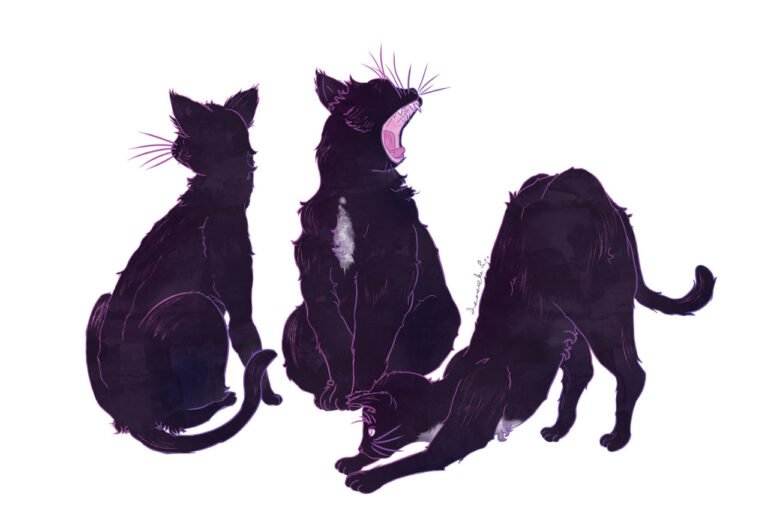
Cats in Witchcraft
Cats, particularly black ones, are often associated with witchcraft. In medieval Europe, they were sometimes seen as witches’ familiars or even witches themselves. Such superstitions led to the persecution of both cats and the people who cared for them. To this day, black cats are sometimes considered omens of good or bad luck, depending on the region and beliefs.

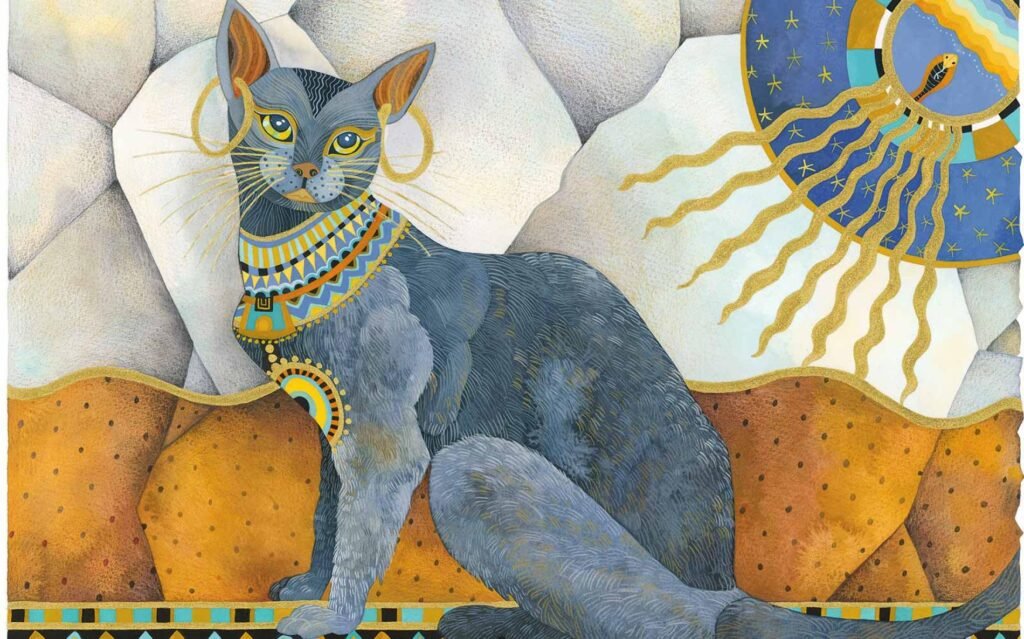
Pingback: Cats and Halloween: The Feline Connection to Spooky Traditions